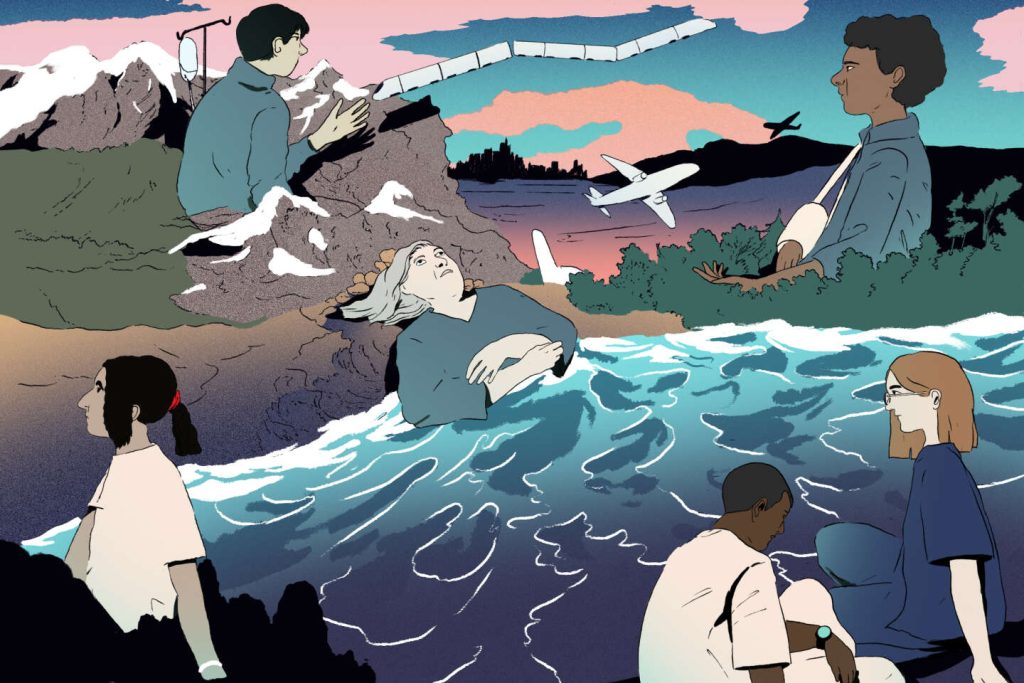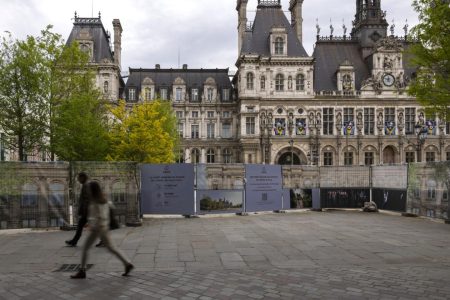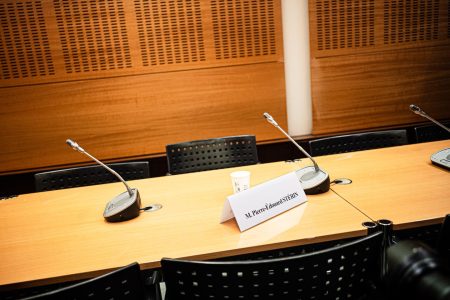Medical nomadism refers to the behavior of patients who visit multiple practitioners for the same condition. However, in 2024, this term takes on a new meaning at the Olympe Imagerie medical imaging center in Antony, a suburb in the southern region of Paris. Patients are now traveling longer distances due to medical desertification, with some coming from cities like Blois, Orleans, Chartes, and Sens, as well as taking trains or flights from other parts of France. The center has adapted to accommodate these patients by extending their hours and offering appointments late into the night.
The trend of patients traveling long distances for medical care is becoming more common, with some patients coming from as far as the Center-Val de Loire region. The long wait times for medical procedures in their local areas are driving them to seek care elsewhere. The radiologists at the Antony center have witnessed a rise in medical tourism within France, with patients traveling to access timely care and specialized services. The center now operates evenings, weekends, and nights to accommodate the influx of patients, albeit with additional fees.
A significant portion of the French population, approximately six million people, do not have a regular primary care physician. In certain regions, there is a severe shortage of medical practitioners, leading to longer distances between patients’ homes and healthcare facilities. This has resulted in an increase in reimbursement for medical transportation costs by the national insurance system, reaching 6 billion euros in 2023. The strain on the healthcare system due to the lack of adequate access to medical services has forced patients to travel further to seek treatment.
The aging population and the widening gap between healthcare facilities and patients’ residences contribute to the challenges faced by the healthcare system in France. The increasing demand for medical services and the limited availability of practitioners has led to a situation where patients are willing to travel long distances and wait extended periods for medical appointments. In response to these challenges, medical facilities like the Olympe Imagerie center are expanding their hours and services to cater to the growing number of patients seeking care.
Medical nomadism has become a phenomenon in the French healthcare system, driven by the inadequate access to medical services in certain regions. Patients are forced to travel long distances to receive timely care and specialized treatments, leading to an increase in medical tourism within the country. The strain on the healthcare system is evident in the rising medical transportation costs and the shortage of practitioners in various specialties in regions across France.
Overall, the evolution of medical nomadism reflects the challenges faced by the French healthcare system, as patients are increasingly resorting to traveling long distances for medical care. The efforts of medical facilities like the Olympe Imagerie center to adapt to this trend by extending their hours and services highlight the need for innovative solutions to address the growing demand for healthcare services in underserved regions. As France continues to grapple with a fragmented healthcare system, the issue of medical nomadism serves as a reminder of the importance of ensuring equitable access to quality care for all patients.















